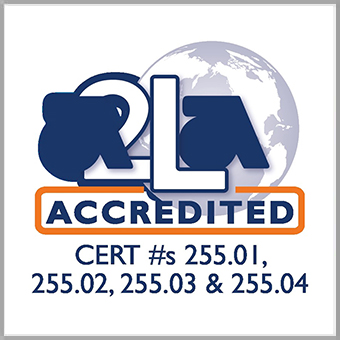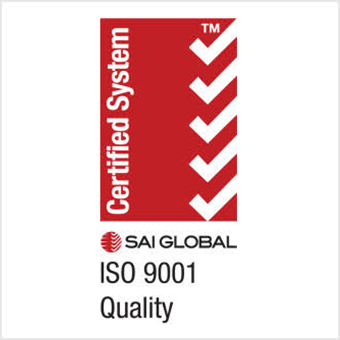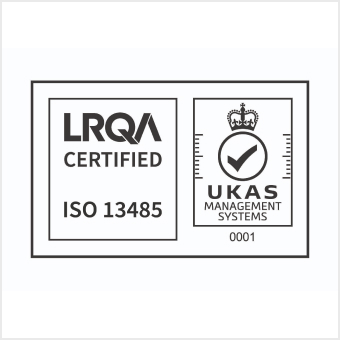Outline of Basic Rubber Compounding – (Approximately 6-8 Hour Course)
1. Introduction to Rubber Compound (Basic Ingredients)
2. Elastomer (Polymer) and Rubber Chemistry
a. Elastomer Characteristics
b. Common Rubber Elastomers
i. SBR, BR, EPDM, NR, NBR, FKM, etc.
c. Elastomer Comparisons
3. Fillers & Reinforcement
a. Filler Effects in Rubber
i. Particle Size & Shape
ii. Surface Area & Activity
b. Mineral / Non-black Fillers (Clay, Silica, Talc, etc.)
c. Carbon Black
i. Properties/Classification
ii. Effects of Surface Area & Structure
4. Petroleum Process Oils
a. Composition & Characteristics
b. Oil Effects on Rubber Properties
c. Compatibility with Rubber
5. Non-petroleum Plasticizers (Selection of Plasticizers)
6. Process Aids (Types of Process Aids)
7. Antidegradants
a. Oxidation Chemistry
b. Antioxidant Chemistry
c. Types of Antioxidants & Antiozonants
d. Waxes & Wax Blends
8. Vulcanization
a. Sulfur Based Cure Systems
i. Components (Sulfur sources, Accelerators, Retarders, etc.)
ii. Effects on Rubber Properties
iii. Types of Crosslinks
b. Non-sulfur Cure Systems
i. Resin Cure, Peroxide Cure, Metallic Oxide Cure, etc.
9. Common Compound Testing
a. Processing Testing
b. Physical Property Testing
c. Dynamic Property Testing
d. Other Testing (Adhesion, Ozone, Flammability, Electrical, etc.)
10. Mixing & Processing of Rubber
a. Mix Cycle Explanations & Examples
b. Potential Problems in Mixing & Milling
c. Rubber Processing (Molding, Extrusion, Calendering, etc.)
11. Reference Items
a. Densities of Compounding Ingredients
b. Rubber Chemical Classifications
c. Abbreviations
d. Glossary of Terms (ASTM D1566 Standard Terminology Relating To Rubber)




